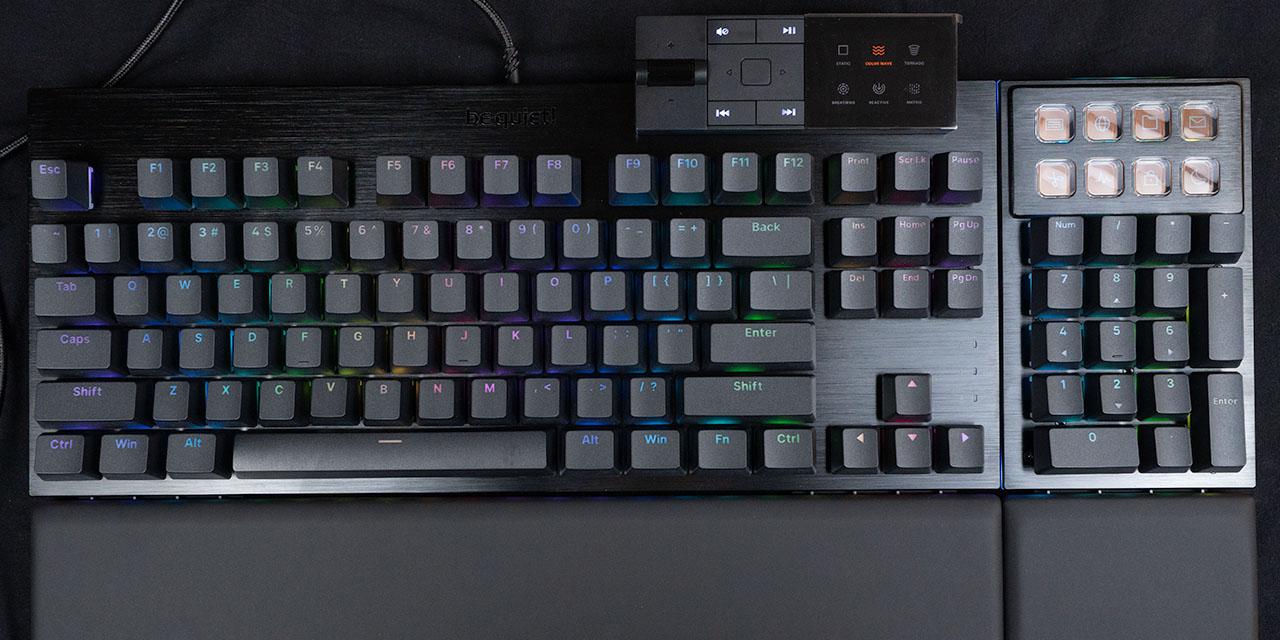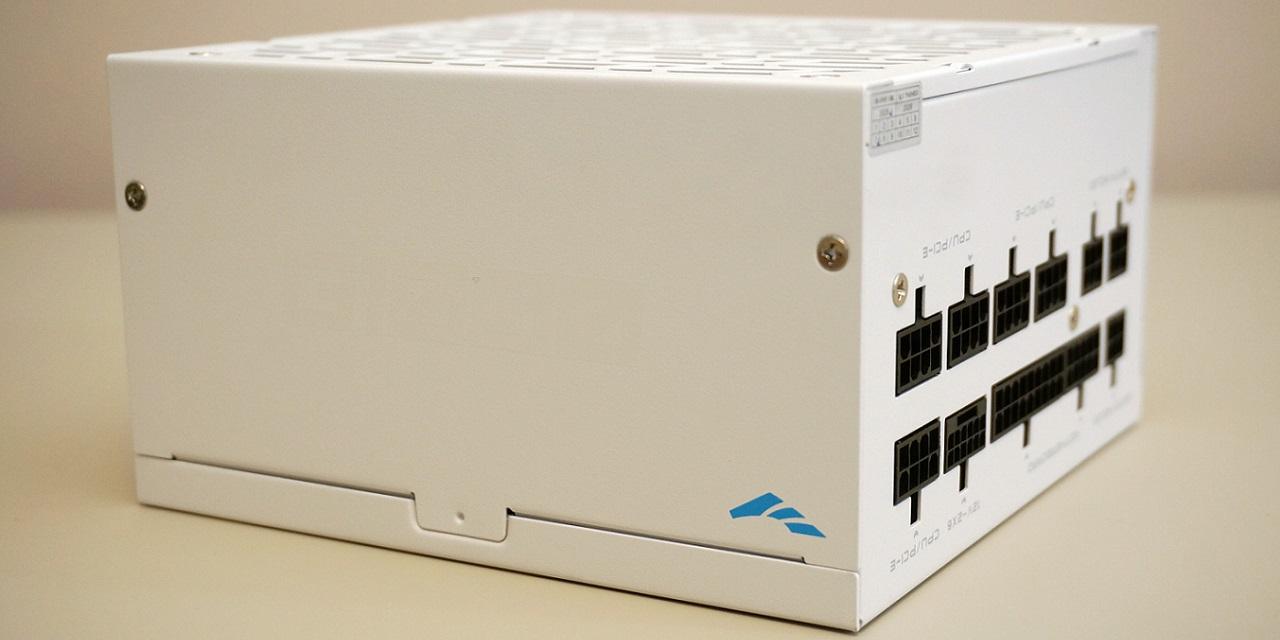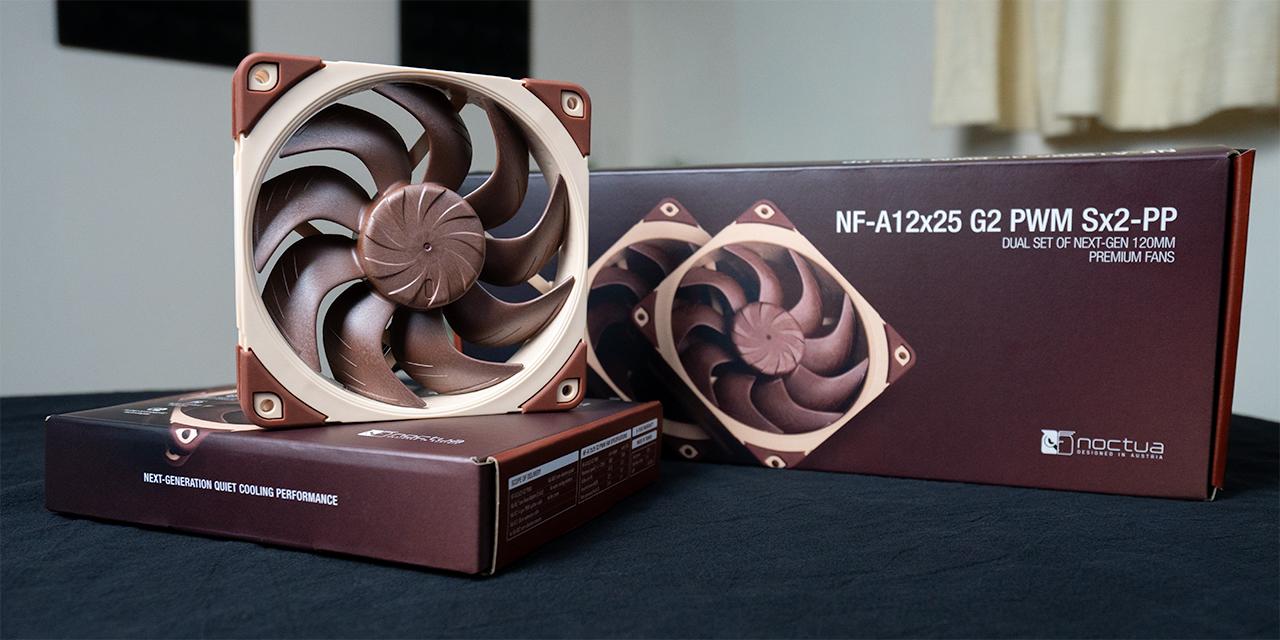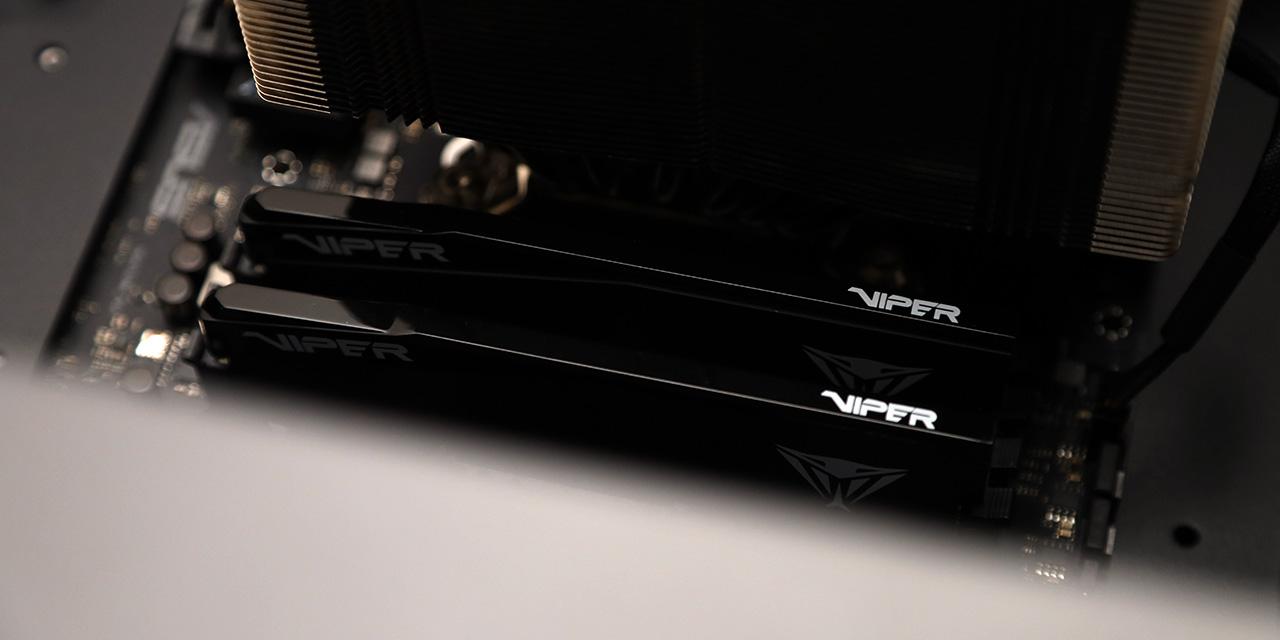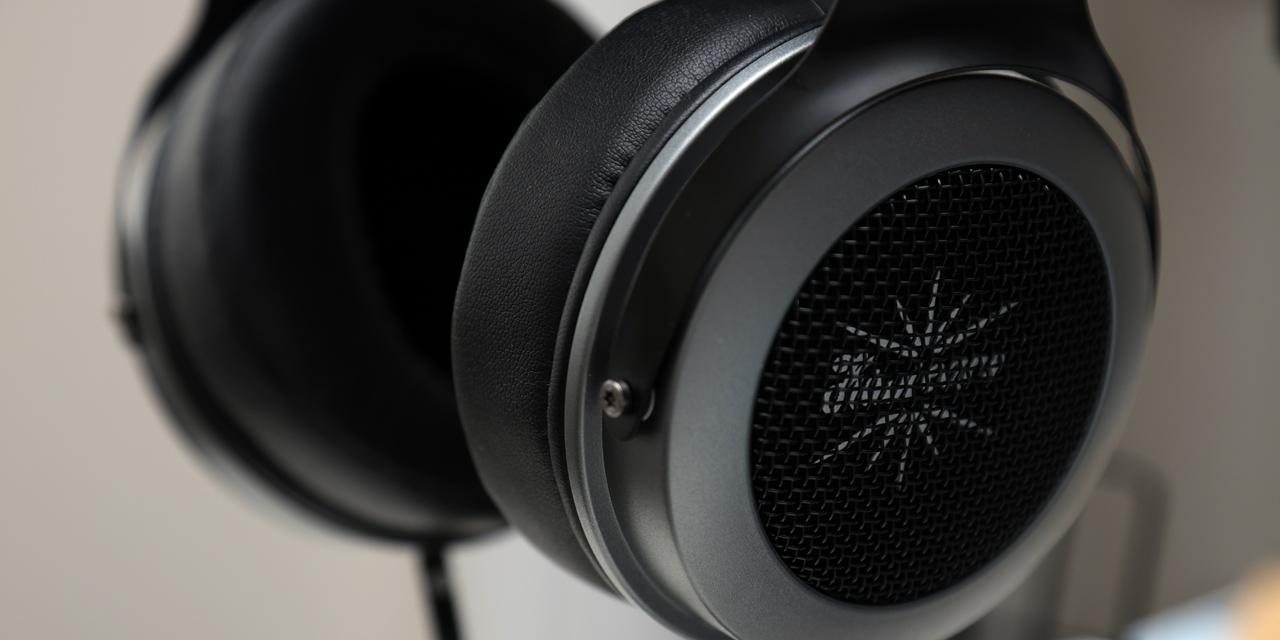Page 2 - A Closer Look - Hardware and Software

The Epomaker Carbon60 looks minimal right from the outset. The blue accents in the strap and the keys are nice additions to the otherwise mostly black color. The keycaps themselves are rounded right on top, providing a bit of a divot for your fingers to fall into when you press the keys. The low-profile nature of the keys is also immediately noticeable, providing a sleek and minimalist look. Underneath the keys, on the side, and the back, we find a distinctive carbon fiber look. The Carbon60 fulfills its namesake by having a carbon fiber case to increase strength and durability. The plate is also made from carbon fiber. Carbon fiber is known for how strong it is considering its weight. The flex on the keyboard is low, and the weight is fair coming in at 0.5kg. This strength and weight should help keep the keyboard portable. The keyboard also measures 297mm in width, 102.3mm in depth, and 26.7mm in height.
In total, there are sixty-one keys on the Epomaker Carbon60. It features a 60% ANSI US layout, which is a standard layout for this size of keyboard. For these smaller keyboards, the number row along the top has functionality to switch from number keys to F-row keys using a shortcut. There are no arrow keys, nor are there keys usually found above the arrow keys. This layout is meant for small solutions, providing the most functionality in a tiny form factor. The Carbon60, so far, is well made to be an easy pick for portability.

Most of this side of the Epomaker Carbon60 is straightforward with the main standout feature being the blue strap. The strap, I am guessing, allows you to easily carry the keyboard around or hang it from something. It does not offer much in the way of functionality, and I imagine it is more aesthetic. It adds some bulk to this thin keyboard, in the sense that it is a big asymmetrical addition. The strap cannot be removed, and placing it under the keyboard to hide it makes the keyboard lopsided. I am not the biggest fan of the strap, but your opinion may vary. A clever and subtle decision made by Epomaker is to print the Mac keys on the south facing side of the keys. For example, the WIN key has OPT printed on the south facing side. This method reduces noise on the top of the keys, while still providing a clear legend for when the keyboard is in Mac mode.

As far as secondary functions go, there is a whole legion of them. The Q, W, E, A, and S keys all control different connectivity functions. Up to three different Bluetooth devices can be connected and toggled through using some of these keys, while the rest of the keys connect to the 2.4GHz wireless connection or switches between Windows and Mac modes. Pictured above, most of the keys can be used in conjunction with the function key to use arrow keys or to adjust the lighting settings for the keyboard. Media controls can also be accessed through this functionality. The manual details a wide variety of shortcuts, which can be studied up on to increase the functionality of the Epomaker Carbon60.

The Epomaker Carbon60 has ABS plastic keycaps. These are cheaper to make than PBT keys, and are often considered less durable and more prone to looking greasy over time. The lettering is printed quite large in the center top of each of the keycaps. I found one potential error, but it is quite minor. The printing on the 4 key looks a bit more squished than the other numbers, but it is a small cosmetic inconsistency. Otherwise, the keys have clear lettering on the top. The profile of these keycaps is referred to as low-profile DSA, which is why we have a mostly flat surface and a bulbous sidewall. Removing the keycaps is an effortless process using the included keycap puller. The switch underneath can also be removed using the included puller. These are hot-swappable key switches, so they can be easily replaced. The RGB LEDs underneath the keys face south, providing even light throughout the keyboard. The keycaps themselves are thin, which is a main feature of the low-profile switches.
There are two switches available for the Epomaker Carbon60. We have Gateron Low Brown Switch 2.0 in our sample today. These are 3-pin tactile switches with an operating force of 55gf. The bottom out force is 60gf. The total travel is 3.2mm, while the pre-travel is 1.7mm. However, the Carbon60 is also available with Gateron Low Red Switch 2.0 too. One of the main differences between the two switches is the travel feel. The Brown switches are tactile with a small bump as you push down, while the Red switches have a linear feel with no such bump. The other major difference is the operating force. The Brown switch requires more force to be applied than the Red switch. Underneath the large keys, we find Cherry stabilizers. Overall, the typing feel is nice. I am personally not the biggest fan of Brown switches, as they feel slightly heavier than linear switches I am used to.

One of the main selling features of the Epomaker Carbon60 is its triple connectivity options. One can connect the keyboard wired, 2.4GHz wireless, and Bluetooth. Each offers its own benefits and drawbacks. The wired connection is through a USB Type-C cable, which connects directly to the back of the keyboard and to your computer. This method has 4ms of latency according to Epomaker. The second option is to use the included 2.4GHz dongle. This plugs into your computer and wirelessly connects to the keyboard after you turn the switch on the back to on. There is 10ms of latency for this method. Finally, there is the Bluetooth method, which has 22ms of latency. The Bluetooth method worked well for any office work when typing was the only work I was doing on the keyboard. Otherwise, I encountered no issues with any of the connectivity options. A major downside is that there is no place to store your wireless dongle on the keyboard. It simply has to be packed alongside the keyboard somewhere. For such a small device that can be easily lost, it would be good to have a storage compartment on the keyboard.

On the bottom of the keyboard, we find the same carbon fiber pattern repeating, with the blue accent highlighting some general information. There are no extendable feet on the Carbon60, which is an unfortunate oversight. I personally like having a bit of an angle on a keyboard while typing for a more comfortable fit. No wrist rest is included either, which is understandable considering the portable focus of the Carbon60. There are four small rubber feet on the bottom of the Carbon60 to keep the keyboard in place.
As you can hear in the audio above, the Epomaker Carbon60 sounds fairly good. The sound is not too loud, but is also not very deep compared to some other keyboards I have heard. Typing, in general, with the Epomaker Carbon60 is good. One thing I had to get used to was feeling the edges of the neighboring keys as you type. I did not actuate adjacent keys, but the shape of these low-profile DSA keycaps took some adjustment getting used to it.

Finding and installing the software is a bit of a process. The Epomaker Carbon60 can be modified with VIA. While this is a mainstay for keyboard enthusiasts and builders, it is not exactly the most user-friendly or seamless experience. First, you will need to download VIA through its GitHub repository. After downloading from GitHub, you then need to download another file off Epomaker's website to load into VIA for it to recognize the keyboard properly. This process is not entirely clear and is quite a bit of work. This is a sacrifice you must make to get it working with open-source software, but I would have liked to see Epomaker aid in making the installation process a bit more seamless. This could be done by bundling VIA with the necessary firmware files and making it accessible from its product page.
Unfortunately, I have been unable to use the software on my computer. I followed several YouTube tutorials and tried to use the browser-based version of the software. Whether it was the file from Epomaker or something else, VIA would not recognize my Carbon60. I tested this on Mac and on Windows computers and could not get either operating system to work. If you are successful in getting VIA to recognize the Carbon60, you can configure the keyboard completely for multiple functions. Each key can be reassigned with quite a bit of flexibility. The software is exclusively for configuring different keys.
Meanwhile, the lighting options are all controlled with shortcuts on the keyboard. Using the Function key in conjunction with a multitude of other keys controls the brightness, speed, and different lighting effects. There are seven distinct colors to choose from when you have a static color selected. There are eight different lighting modes to cycle through, including a static mode, breathing, reactive, or a rainbow wave going back and forth across the keyboard. The lighting for the Carbon60 is even, and the colors look good. Overall, I was impressed with the RGB LED lighting for the Carbon60.
Page Index
1. Introduction, Packaging, Specifications
2. A Closer Look - Hardware and Software
3. A Closer Look - Disassembly and Internals
4. Conclusion
